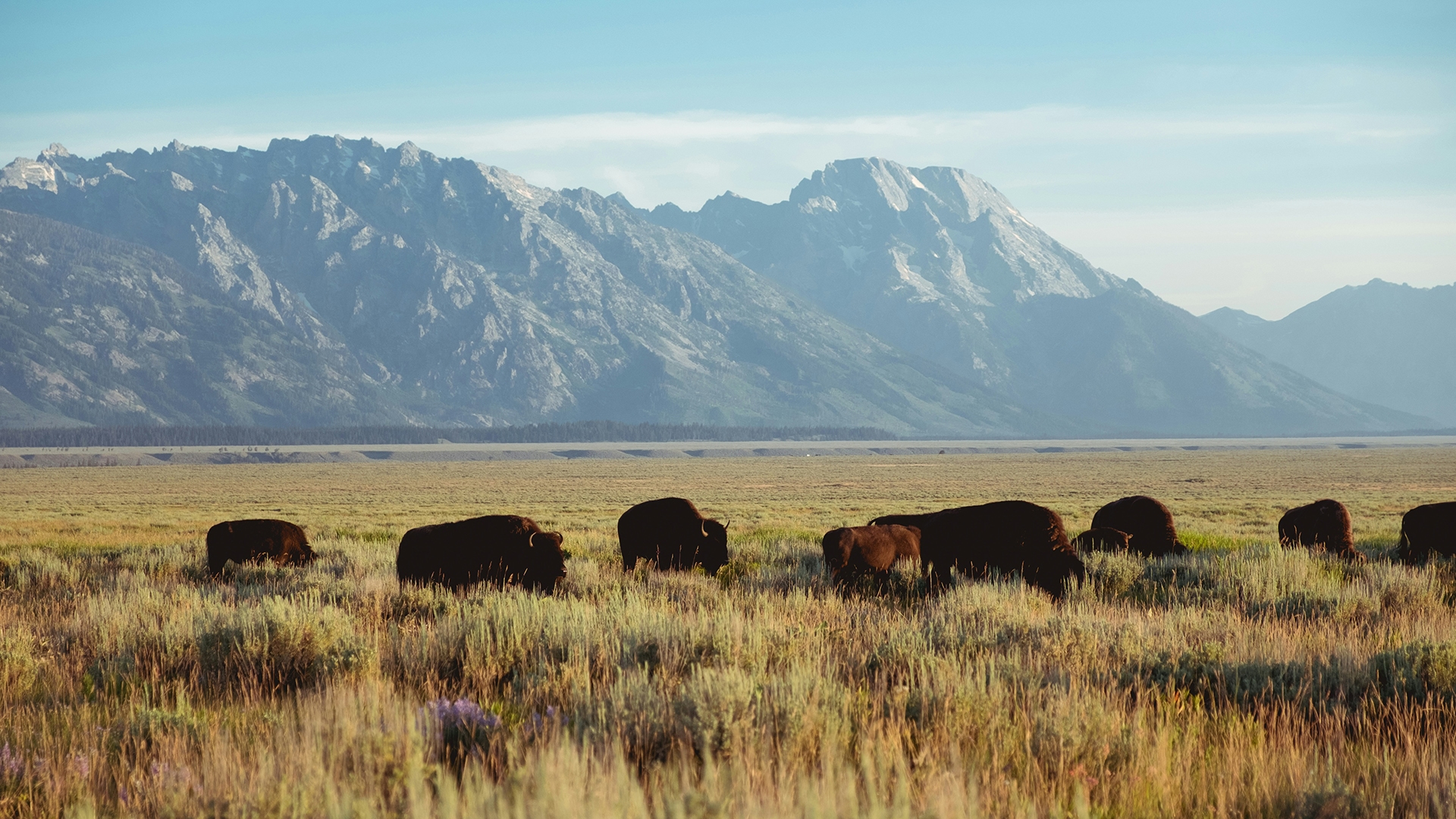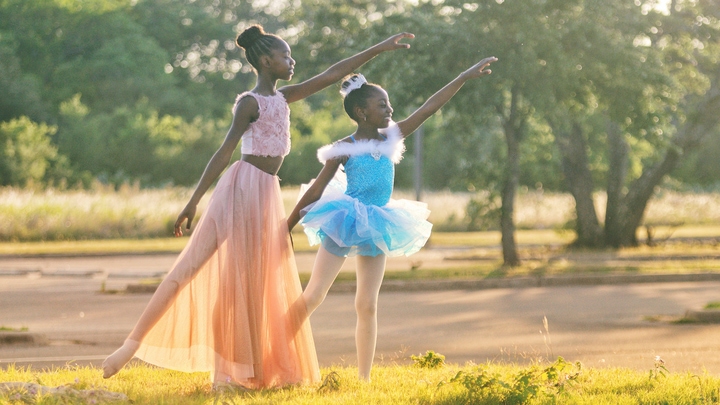
Photo by Nick Dunlap on Unsplash
The Bison are Back!
With the reintroduction of the iconic beast by Native American tribes, something else returned: the environment, creatures and culture.
By The Foundation for a Better Life
“Anyone can love the mountains, but it takes a soul to love the prairie,” wrote Willa Cather, author of “O Pioneers!,” the saga of early westward struggles and the kind of character it took to appreciate the harsh and immense beauty of the plains.
Back then, the vast grasslands were often described as a great sea, with a sky above that filled the view, both in constant motion. The clouds were driven by their own currents, while the waves of grass undulated to a different force altogether. It took weeks to ford the grasslands in those days, but pioneers were not the first inhabitants.
The Native Americans of the Great Plains had lived off the land for many generations. To see them atop their horses, striding through the currents of golden grass, was surely a majestic sight. The Comanche roamed most widely because of their horseback skills. The Sioux Nation, Cheyenne, Arapaho, Crow, Blackfoot and Pawnee tribes also made their lives in a territory nearly the size of Mexico that washed across the middle of North America.
And there were bison. Millions of them.
The American buffalo — more properly called a bison, because it’s a different species than buffalo of Africa and Asia — has great spiritual significance to America’s first people. It represents life and abundance. A 2,000-pound animal is a lot of meat. Nearly every part of the bison was utilized for food, tools, clothing and shelter.
It's hard for us to imagine the verdant plains with grass as tall as a horse’s shoulder, and great herds of bison accompanied by deer, antelope and elk. The prairie provided everything a civilization needed — until the bison were gone. With the slaughter of the herds, the game herds diminished, native plants disappeared, drought and dust followed. Sadly, the land would lie depleted for over 150 years.
But since 2014, Tanka Fund, a tribal-led nonprofit, has been creating a network of Native bison ranchers. In those 11 years, they have restored over 2,500 head of bison to 100,000 acres of land.
Bringing back the buffalo has been symbolic of tribes regaining their place on the land. It has also brought about an unexpected recovery of the prairie ecosystem. The massive animals churn up the ground and fertilize for future growth. They plow through deep snow and uncover grass that deer and antelope cannot get to on their own. Water gathers in their wallows, encouraging the return of native plants that can be harvested for food and medicine.
The lands inhabited by bison are teeming with a variety of life. Even lands still reeling from the Dust Bowl of a century ago are coming back to life. With the help of the Tanka Fund and the ranchers committed to the return of the bison, the Great Plains are making a great comeback. It is an example to us all that recovery and abundance are possible.
Get Back To Beautiful… PassItOn.com®
Copyright ©2025 The Foundation for a Better Life. All rights reserved. Available under a Creative Commons Attribution NonCommercial-NoDerivatives 4.0 License (international): https://creativecommons.org/licenses/by-nc-nd/4.0/
The Foundation for a Better Life, a 501(c)(3) non-profit organization, gives your newspaper permission to publish these stories in print and electronic media (excluding audio and video), provided the stories are published in their entirety, without modification and including the copyright notice. For any modification, permission must first be obtained from the Foundation by emailing media-relations@passiton.com. Thank you.
We add new stories each month. If you'd like to be notified when we publish new stories, enter your information below.




